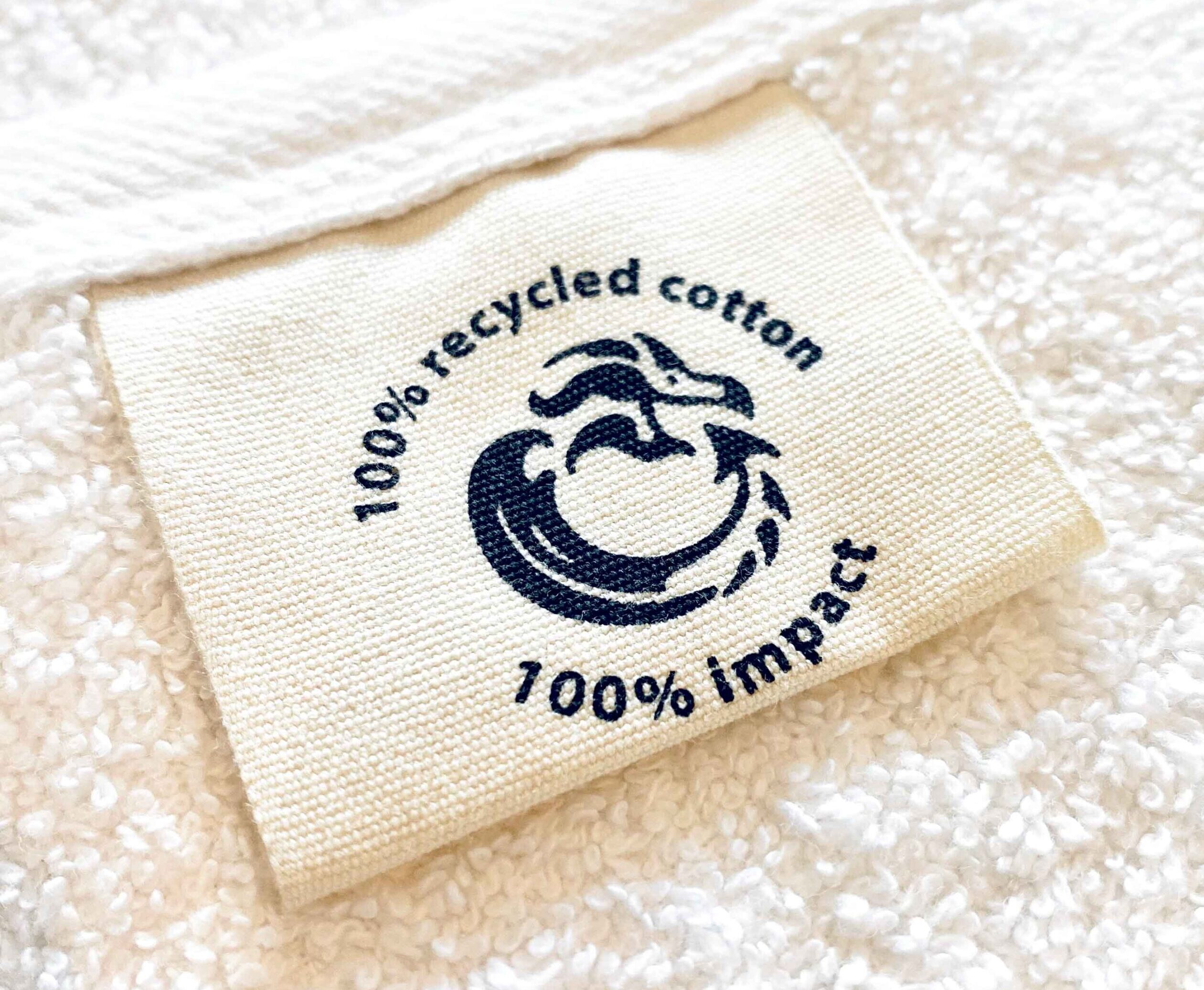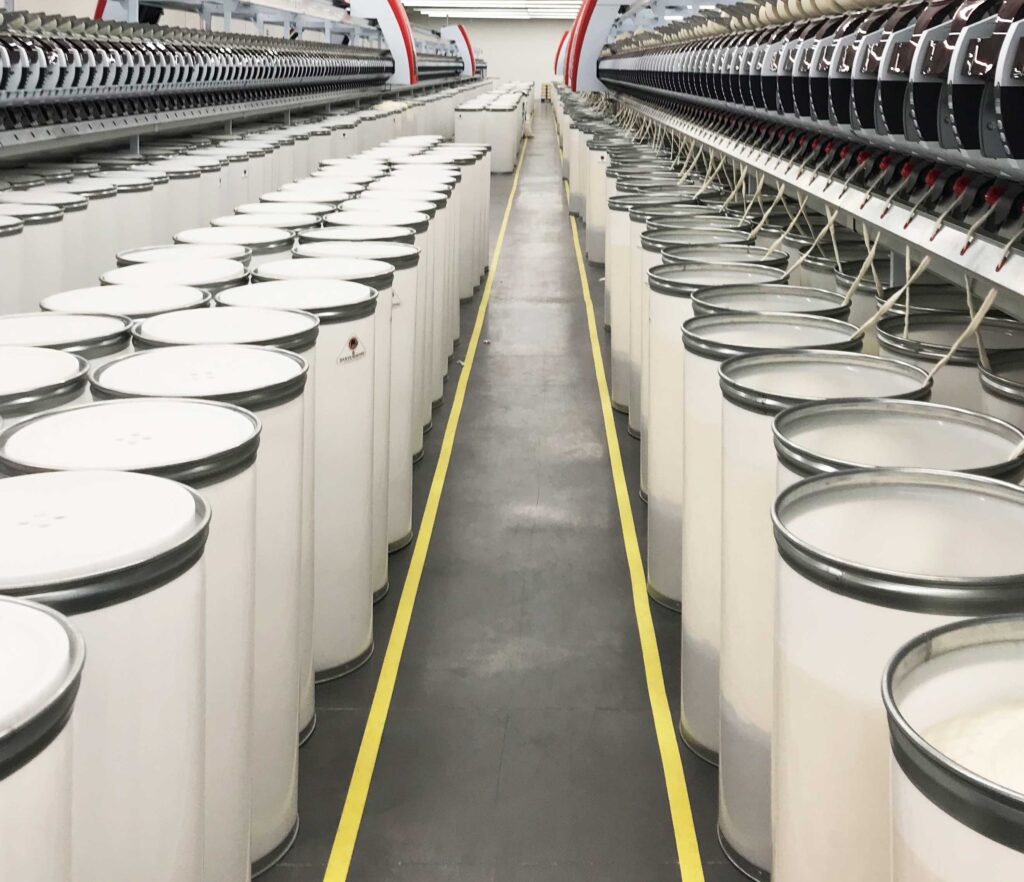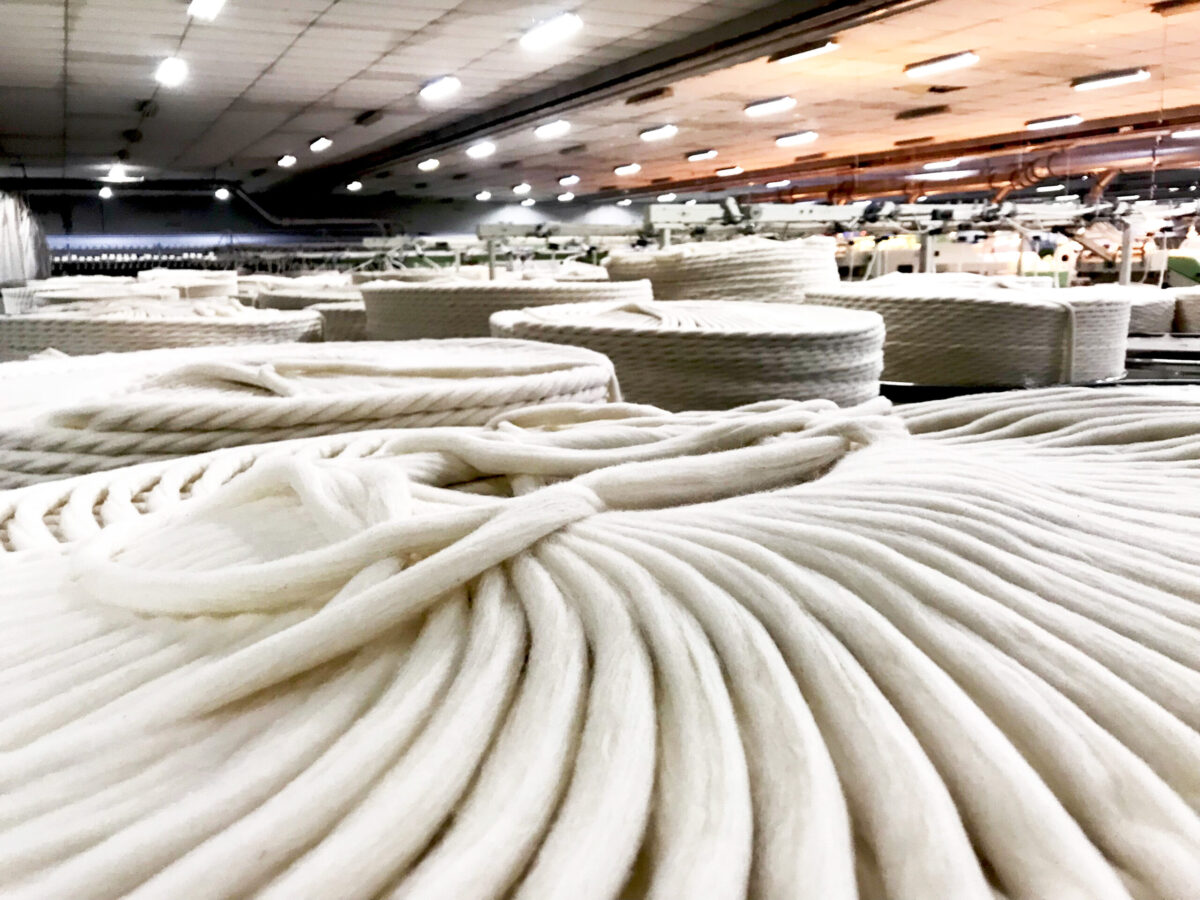While the EU is speeding up measures towards a sustainable and circular textile industry in the region, national authorities are moving forward as well. The Dutch government just launched its National Circular Economy Programme 2023-2030. It includes a chapter addressing the textile sector, with ambitious plans to make linear value chains circular. The ambitions are much needed. How feasible are they?
Teaming up for sustainability
In the new National Circular Economy Programme 2023-2030 , the Dutch government has now broadly outlined the script for the transition from a linear to a circular economy by 2050. One of the leading roles is reserved for the textile sector.
The Dutch circular programme is aligned with international goals that the Netherlands is committed to, including the UN Sustainable Development Goals and the Paris Agreement on climate. Moreover, its launch comes on the heels of the recent EU strategy for sustainable and circular textiles and new EU requirements making Extended Producer Responsibility (EPR) mandatory for companies that put textile items on the market.
The new plans will also impact businesses and economies that are connected to the Dutch economy through international supply chains.
Circular vision
The vision for the circular textile sector in 2050 is ambitious. Circular business models will be the standard in 2050. Clothing, textiles and fibres last for a long time and are reused to a high standard. All textile products consist of sustainable materials, a large percentage of which is recycled.
Pollution and unused waste belong to the past and working conditions are good. Conscious consumers close the loop by extending the use of their textiles and buying mainly second-hand and recycled items.
Obviously, to us as founders of a 100% impact company, this circular textile vision is as music to our ears. The textile industry is not just one of the world’s major polluters. We know from first-hand experience that it offers major opportunities to leave the old-fashioned linear model behind.

Shifting to mandatory measures
But there are still a lot of hurdles to be taken before that happens. As usual, the Devil is in the Details.
To shift from a linear to a circular textile chain, we need to shift from a voluntary approach to mandatory measures, the government recognises. However, it may have a hard time taking bold steps to introduce binding industry regulations. The budget assigned to implement the new Circular Economy Programme is limited and responsible ministries have differing agendas that can’t always be easily aligned.
Recycling blended materials
It’s true that we won’t get there with just the voluntary commitment of parts of the sector, as is currently the case. But there are also many questions that we need to answer first.
Take, for instance, the ambition in the circular textile policy chapter to make recycled raw materials compulsory in textile products. A good intention, where we must not lose sight of the most important precondition of recycling.
At this moment, we are seeing how the clothing industry reacts in a way that seems fully sustainable. If the new regulation becomes effective, many major brands will add 20% PET recycled polyester yarn to their textiles. This way, they comply with international certification guidelines. Unfortunately, the reality is that clothing made from a blend of polyester and natural (cotton) yarn cannot be recycled properly – or can’t be recycled at all.

Patchwork quilt
This example shows that an integrated approach is key. Circularity in the textile industry can be compared to a patchwork quilt made from different patches of fabric. Apparently unrelated, these patches can be taken without consequences, while in reality the connections must be clear down to the fibre.
If we don’t start moving forward all together around an approach that recognizes the interdependencies between all the different patches, the quilt will quickly fall apart.

